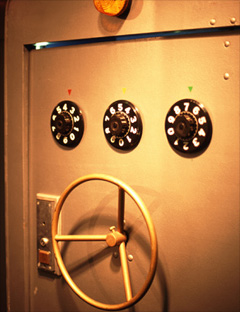
This year: Banks profit off the money they lend not only by directly collecting interest payments, but also by selling on to other investors bundles of their loans. Those bundles, called "asset-backed securities" (ABS), often include small business loans. Last year, as the value of many asset-backed securities collapsed, so did investor demand for them - and without a ready secondary market for their loan bundles, banks stopped making loans.
The Federal Reserve's solution to the problem is TALF, which stands for Term Asset-Backed Securities Loan Facility. The initiative aims to ease credit markets for consumers and small businesses by making government loans available to ABS buyers. The hope is that if those investors start buying again, banks will resume making loans.
Bankers and the Small Business Administration estimate that about half of the loans made through the SBA's flagship 7(a) loan guarantee program are then resold as securities. SBA-backed loans are among the assets the government will let investors use TALF money to buy - but private business loans not backed by the SBA won't be eligible.
TALF is set to launch in February. Experts say it's a step in the right direction, but most expect small business lending to stay slow until other economic fundamentals start turning around. "Businesses need TALF to kick in," says Tony Wilkinson, president and CEO of the National Association of Government Guaranteed Lenders. "But the SBA needs to come up with enhancements to make it really work." -Emily Maltby
NEXT: Taxes: Stimulus plans ahoy
| Sponsored by |

